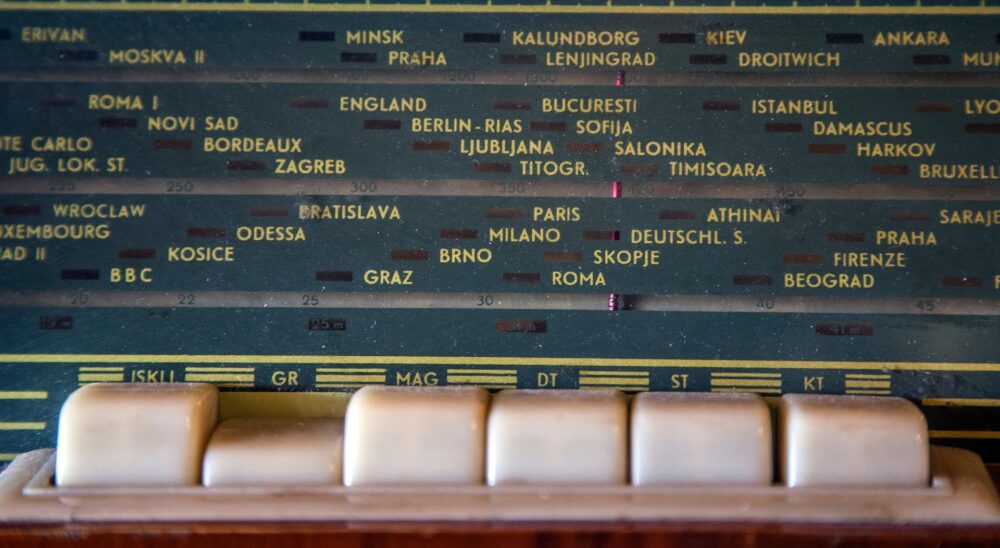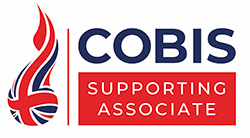In the age of digital overload, it’s easy to forget the simple joys of past generations. As children, many of us had only a radio in our bedrooms, and we’d fall asleep listening to soothing broadcasts. Today’s students, surrounded by gadgets, still have a constant companion—their inner voice, or what we call “Radio Me.” This internal station can profoundly impact their self-esteem and outlook. As educators, understanding and addressing this can make a significant difference in our students’ lives.
Every student has an internal voice that guides their thoughts and actions. This “Radio Me” broadcasts in the language they’re most comfortable with, be it English, Punjabi, Dutch, or any other. It’s this internal dialogue that shapes their self-perception and influences their behaviour.
“Radio Me” can be a source of strength or a barrier to success. On one hand, it can be a dark, negative presence that amplifies insecurities and past criticisms. For example, many students struggle with body image issues because their “Radio Me” constantly reminds them of past negative comments from peers or family. This negative self-talk erodes confidence and makes students feel inadequate.
The dark side of “Radio Me” is detrimental to students’ mental health. It whispers that they are “not good enough,” “not pretty enough,” or “not smart enough.” This leads to a damaging cycle of self-comparison and self-doubt, which can significantly hinder their academic and personal growth. As educators, it’s important to recognise these signs and address them.
Encouraging students to switch from negative to positive self-talk is essential. The positive “Radio Me” fosters a growth mindset, encouraging students to believe in their potential and abilities. It is about helping them understand that they can control their internal dialogue and choose to focus on their strengths and possibilities.
Start by discussing with your students whether they have a “Radio Me.” Ask them to reflect on what this inner voice says when they are doing something they enjoy versus when they are worried about something. This can help them become more aware of their internal dialogue. You can also prompt them to estimate the percentage of time their “Radio Me” is positive compared to negative.
Encourage students to share experiences when their negative “Radio Me” voice nearly prevented them from doing something. This can help them realise how pervasive and influential this voice can be. Discuss strategies to listen more to their positive “Radio Me,” such as practising positive affirmations, focusing on their achievements, and surrounding themselves with supportive peers.
Another important aspect is addressing the assumptions made by “Radio Me” when meeting someone new. Ask your students if their internal voice ever thinks things about others that they later find out to be untrue. This can lead to a broader discussion on how preconceived notions and judgments can affect interactions and relationships.
Model positive behaviour by demonstrating positive self-talk in your interactions. Show empathy and support, reinforcing that everyone has strengths and areas for improvement. Create a supportive classroom environment where students feel safe to express themselves without fear of judgement, encouraging mutual respect and understanding among peers.
Empowering students to take control of their inner dialogue can lead to amazing changes in their confidence and outlook. By tuning into the positive “Radio Me,” they learn to believe in themselves and their potential. As teachers, you play a critical role in guiding them towards this positive mindset. Encourage your students to switch to a station that uplifts and motivates them, and watch as their self-esteem and achievements grow.
For more information and resources on how to help your students develop a positive internal dialogue, explore our comprehensive programmes designed to support educators in creating a healthy, supportive learning environment.
















Leave a Reply